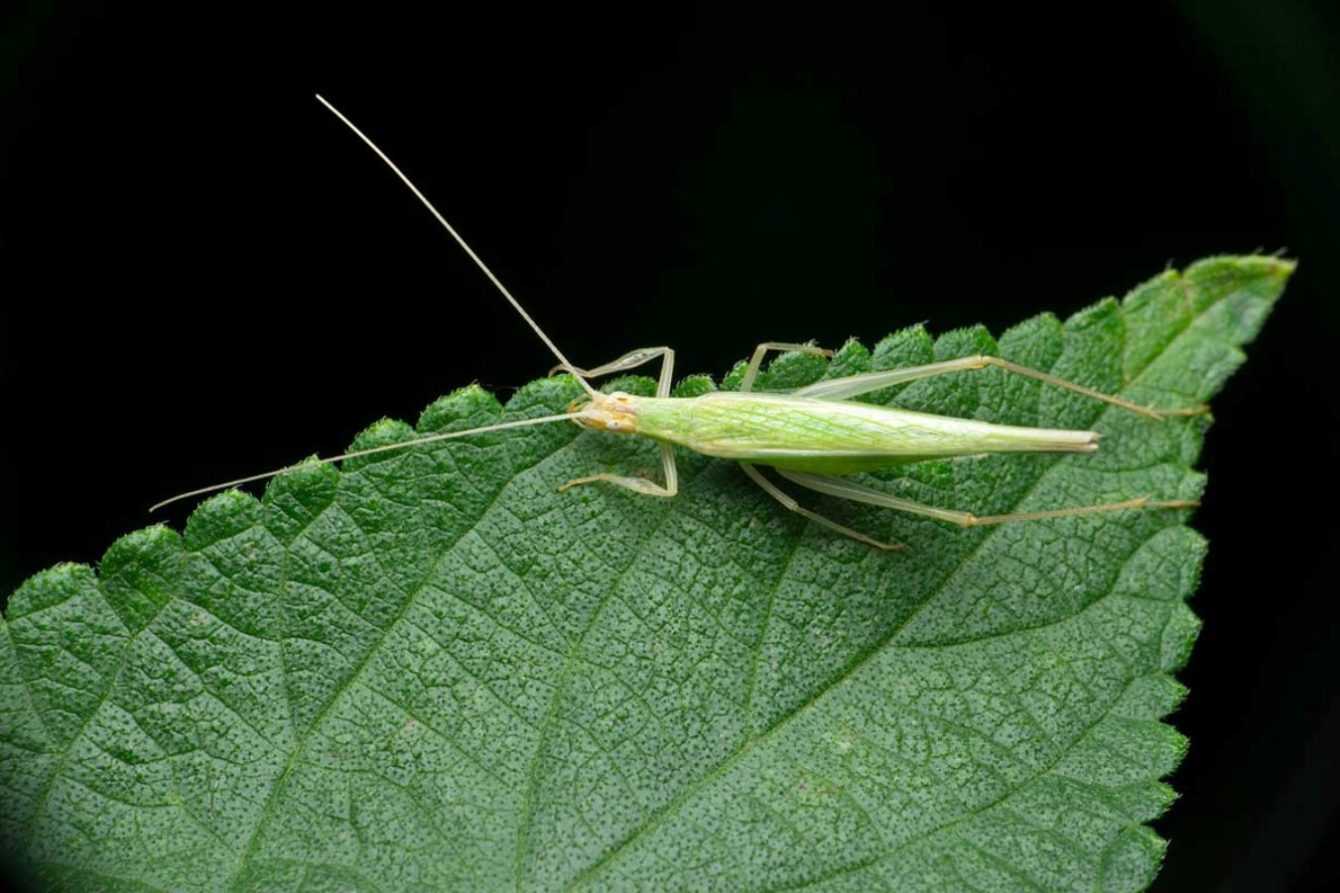Dolbear’s law is an unusual equation that allows you to calculate the external temperature by counting the number of times crickets chirp, i.e. they emit their characteristic sound
The Dolbear’s Law offers a particular method for measuring the climate. This is an unusual equation that relates the number of chirps in crickets to external temperature. While we commonly rely on thermometers or lighted signs to determine the temperature, those in the countryside can count the crickets chirping to get an estimate. L’equationT = 50 + [(N-40)/4] for chirps per minute, or T = 40 + N for those every 15 seconds, gives the temperature in degrees Fahrenheit. For degrees Celsius, similar formulas apply: T = 10 + [(N-40)/7] or T = 5 + N, respectively. This method is based on the physiology of crickets: their muscles contract to generate sound, with a frequency that increases with temperature and decreases in cold. Accuracy may vary slightly between cricket species. Dolbear’s Law was formulated in 1897 by Amos Dolbear and presented in the article “The Cricket as a Thermometer”. However, in 1881, Margarette W. Brooks had already observed the correlation between temperature and frinites, reaching similar conclusions.

Dolbear’s law: an alternative for temperature measurement
This approach, although unique, offers ainteresting alternative to conventional methods of temperature measurement, especially for those who spend time outdoors. Its simplicity makes it accessible to anyone, even without sophisticated instrumentation. Dolbear’s Law represents a fascinating example of how nature can offer creative solutions to solve everyday problems.
The cricket chirp equation offers not only a practical way to evaluate temperature, but also an expression of the complexity and interconnectedness of natural phenomenahighlighting how science can find inspiration in the humblest organisms on Earth.
Continue reading techgameworld.com so you don’t miss the latest science-themed content, but not only that!
















Leave a Reply
View Comments